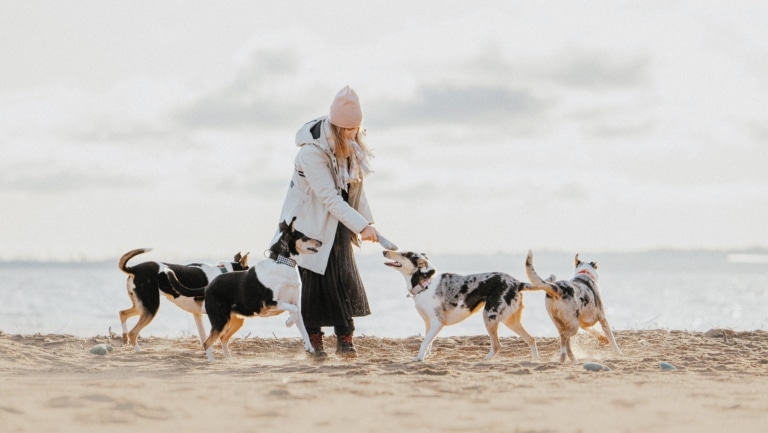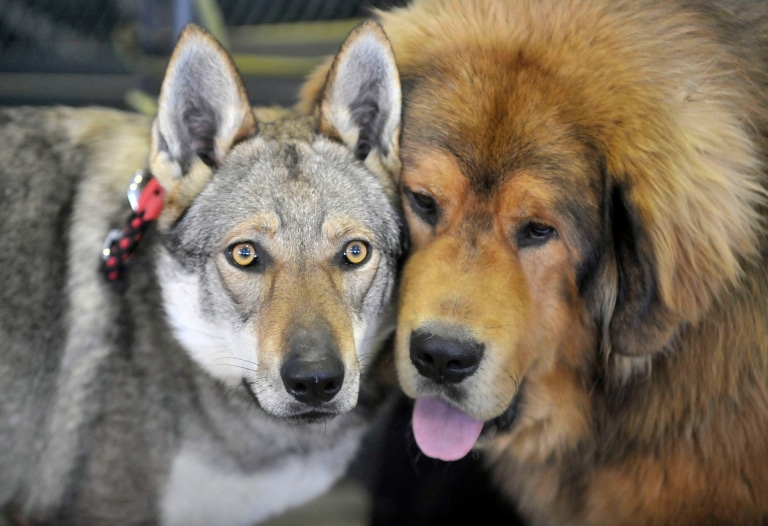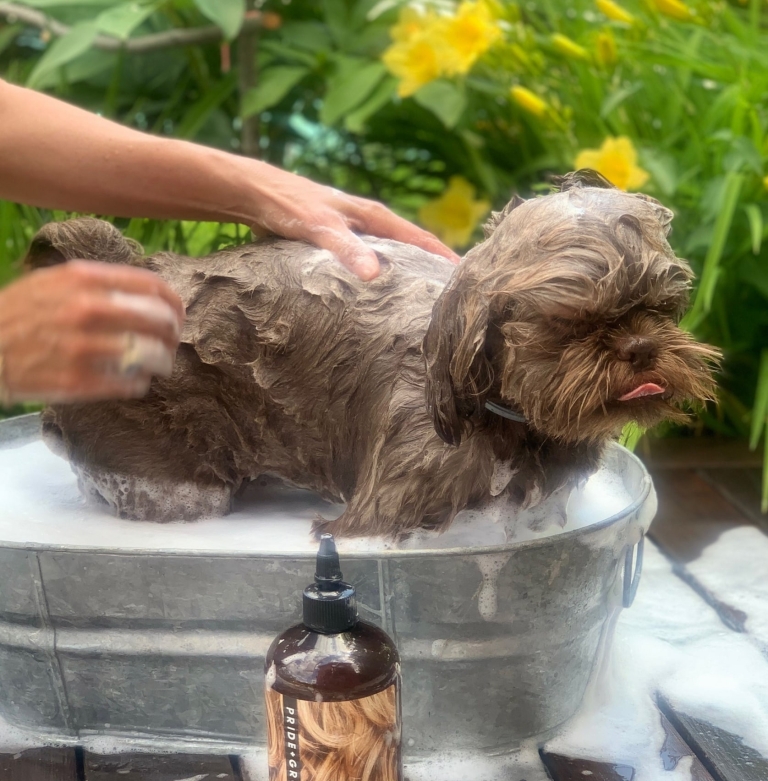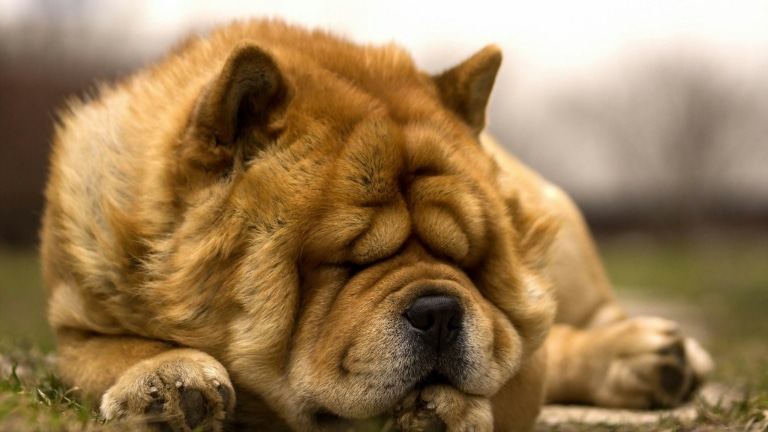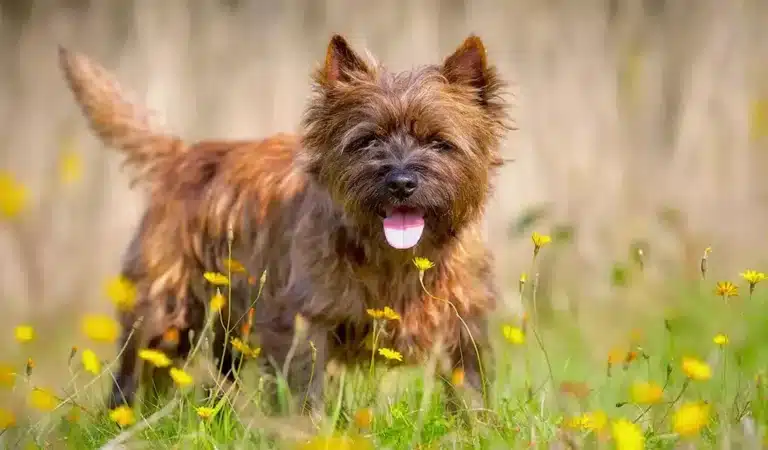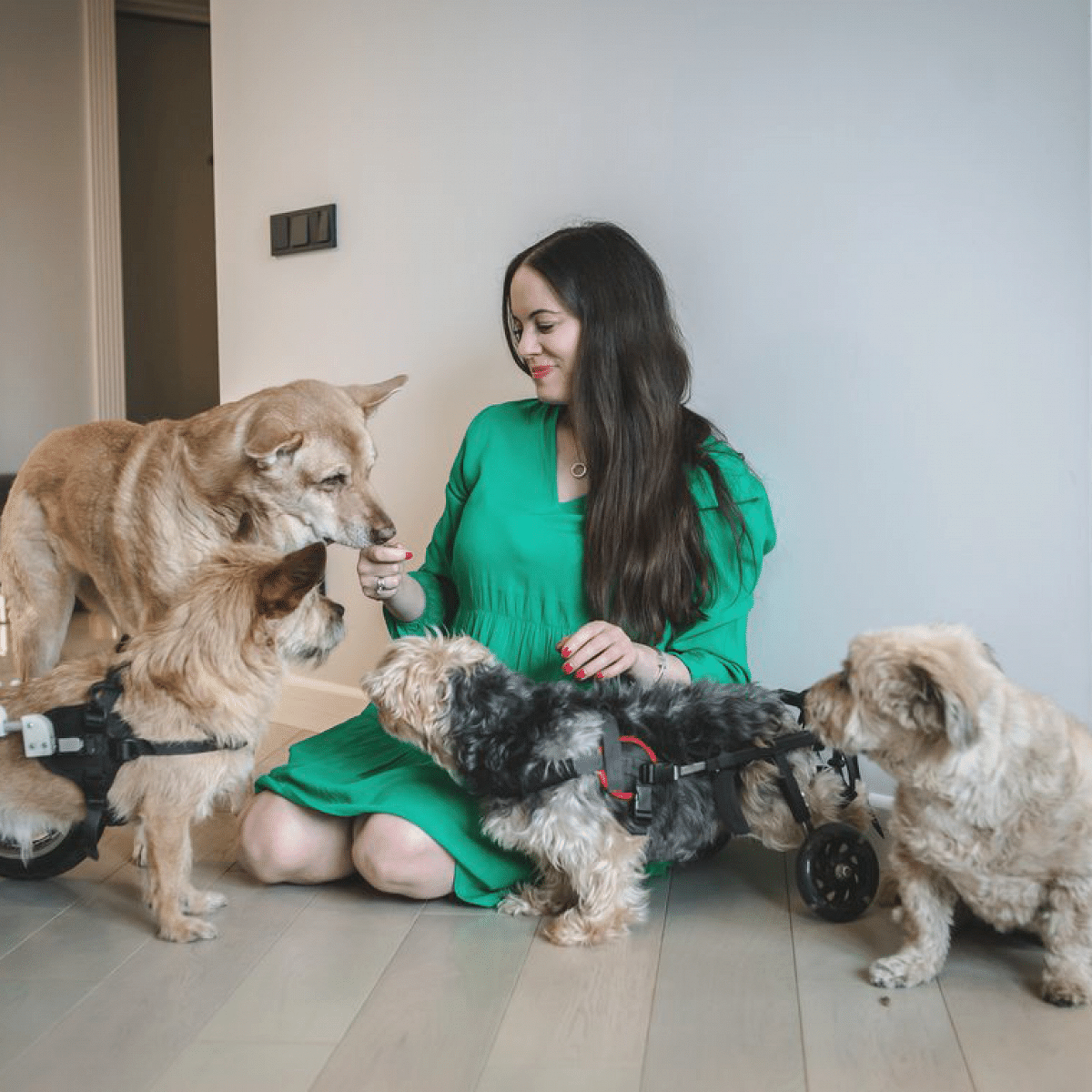
Dog behavior is a complex system that mostly consists of unspoken signals used as a means of communication. To learn how to recognize them, one must be attentive and observe the animal for a long time, finding an individual approach for each pet. Remember, every animal is unique and special, with its own distinct personality, so careful observation of your dog is essential for proper and non-traumatic training.
This article will help you find common ground with your pet and answer the following questions:
- How does a dog feel when left alone at home?
- At what age can you start leaving a puppy home without supervision?
- Ways to gradually train a dog to be independent.
- Preparing the home for the owner’s absence.
- Providing the dog with necessary resources.
- Using technology for monitoring.
How does a dog feel when left alone at home?
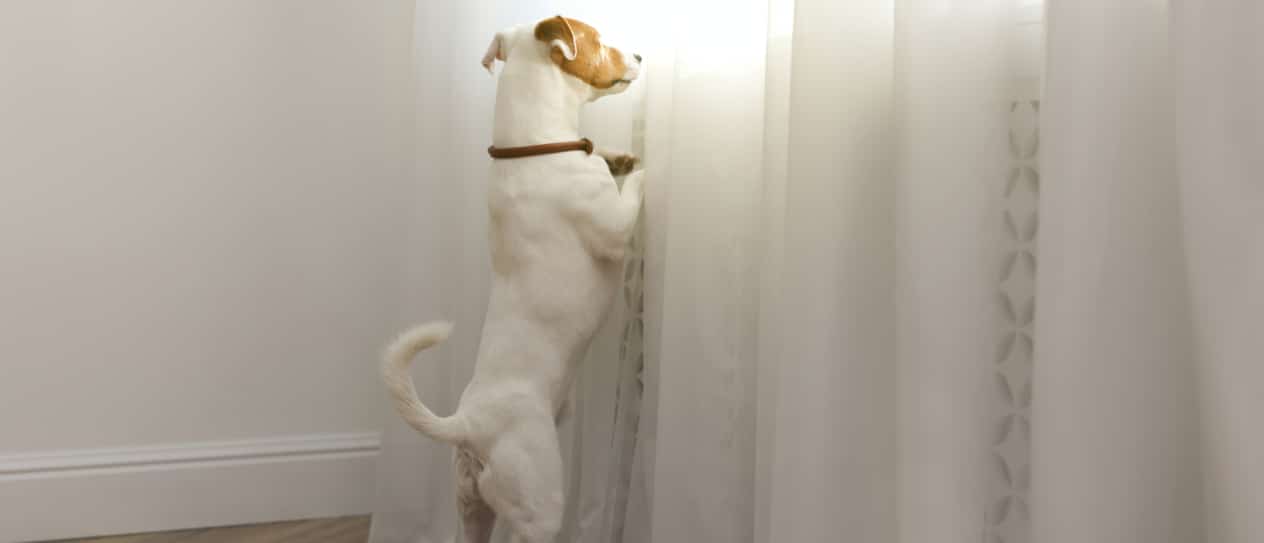
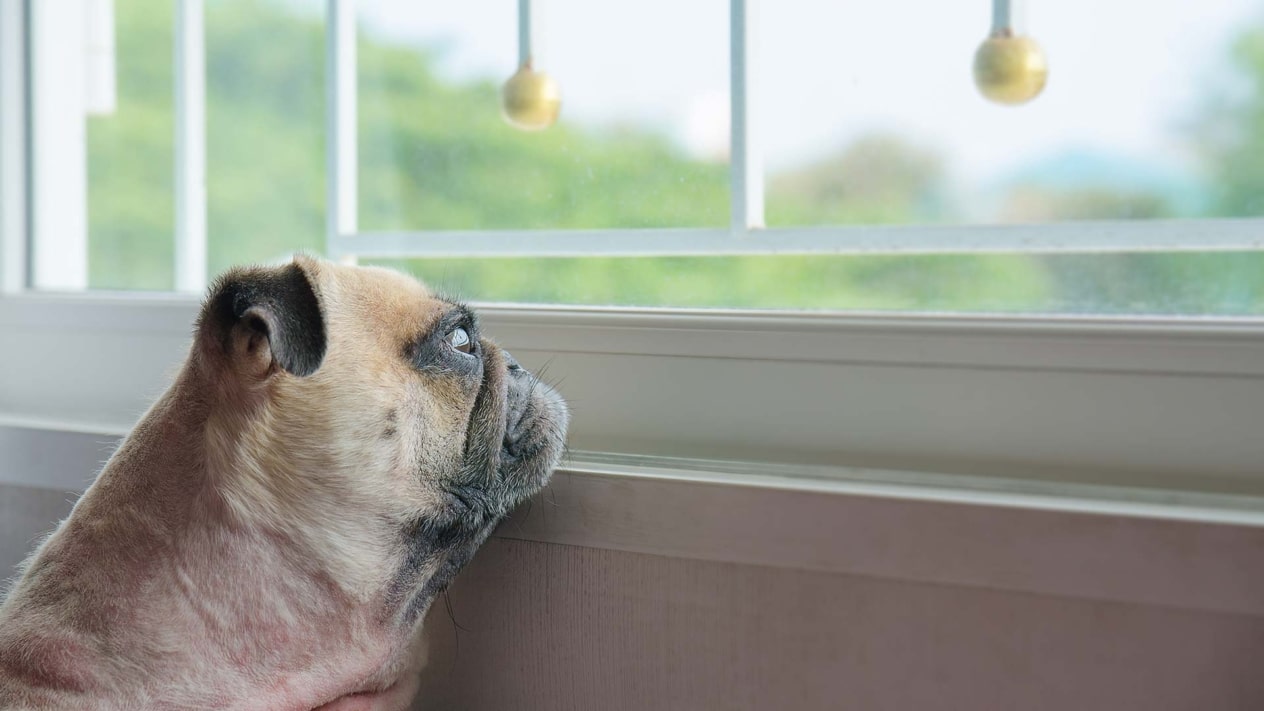
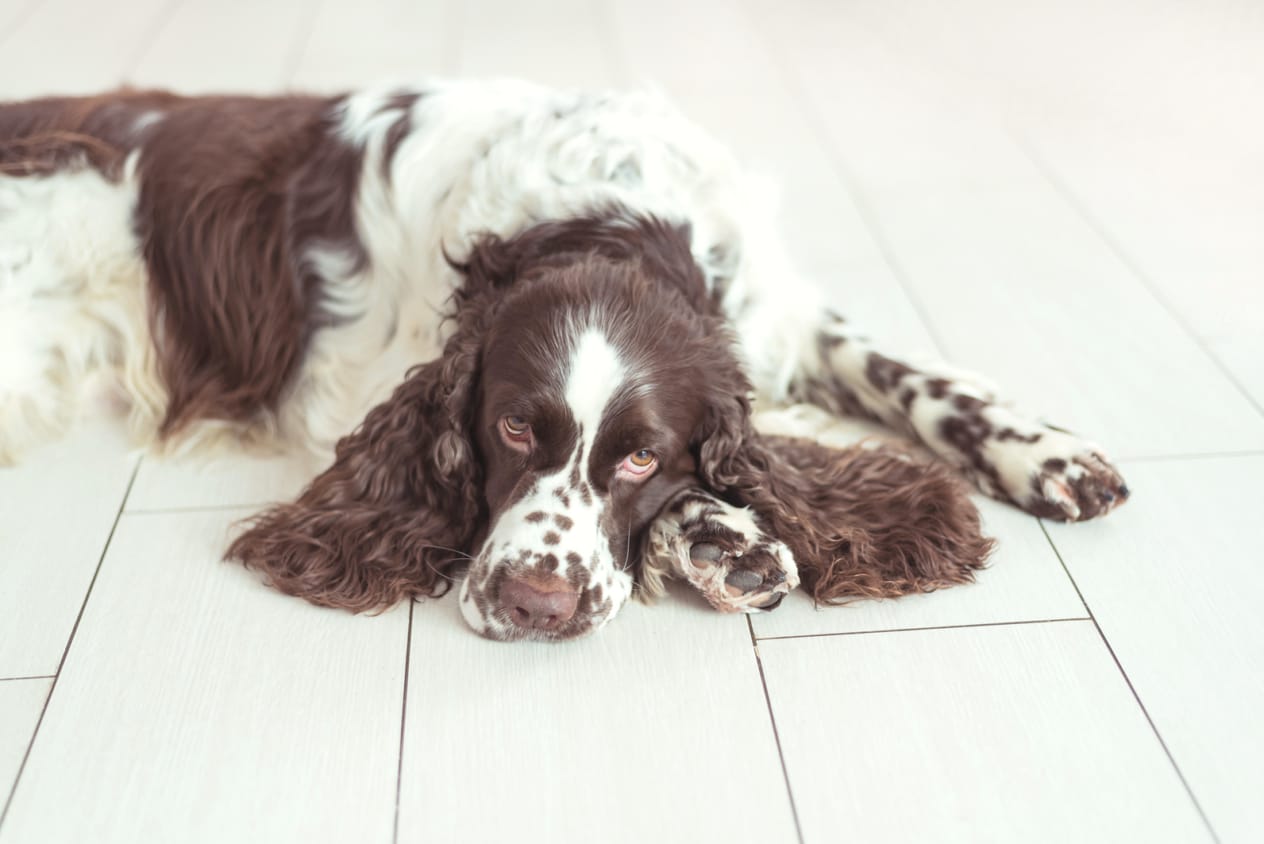
When you leave your dog alone at home, it may experience different emotions depending on its breed, temperament, age, training, and past experiences.
When left alone, a dog may feel stress, which manifests through whining, barking, or accidents in inappropriate places. This happens because the dog doesn’t know how to cope with its emotions differently. If your pet shows signs of heightened anxiety, it might be suffering from separation anxiety syndrome, which can be compared to a human fear of spiders, darkness, or heights. It’s important to understand that this issue won’t resolve itself simply by leaving the dog home alone. Since dogs are social creatures, a special approach is needed. In such cases, consulting a professional dog trainer or an animal behaviorist may be the best solution.
Another possible cause of destructive behavior is boredom. If a dog has nothing to do, it may turn the house upside down just to entertain itself. Providing toys or a chew bone is essential to keep the dog occupied while you’re away. If you leave for work or errands without offering any distractions, don’t be surprised to come home to chewed-up shoes, furniture, or other household items—your pet has simply found its own way to stay busy.
However, with proper care and training, a sense of calm is also possible. If your dog receives enough attention, physical activity, and mental stimulation, it won’t suffer from a lack of engagement. In that case, it will simply rest, nap, or wait patiently for your return.
At what age can you start leaving a dog home without supervision?
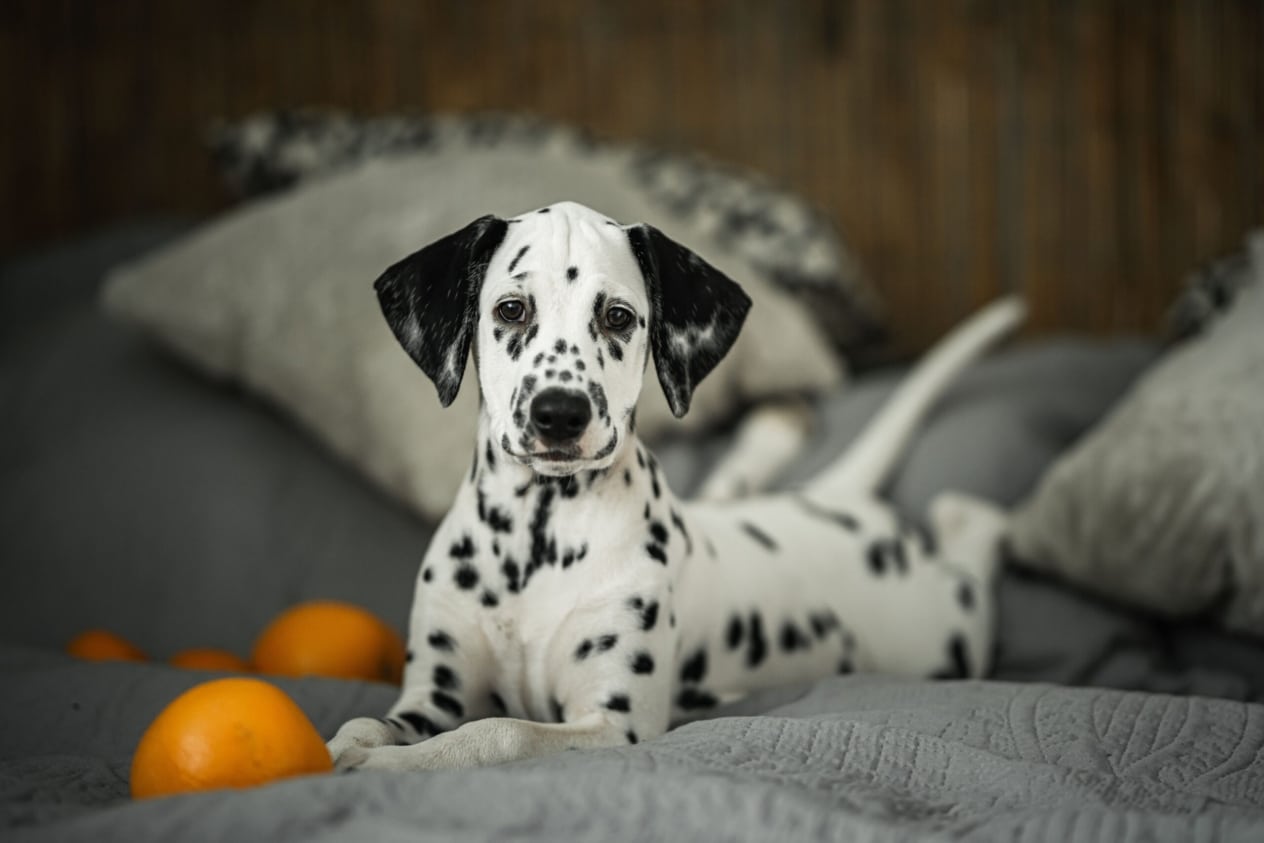
Training and accustoming a dog to independence should start at an early age.
Puppies under 3 months old should not be left alone for more than 1-2 hours because they require frequent feeding and potty breaks. Additionally, they go through teething, which causes them to chew on everything to relieve discomfort.
From 6 months onward, you can start leaving your dog alone for longer periods, but it’s essential to be patient and gradually help them adapt to being independent.
Ways to gradually train a dog for independence
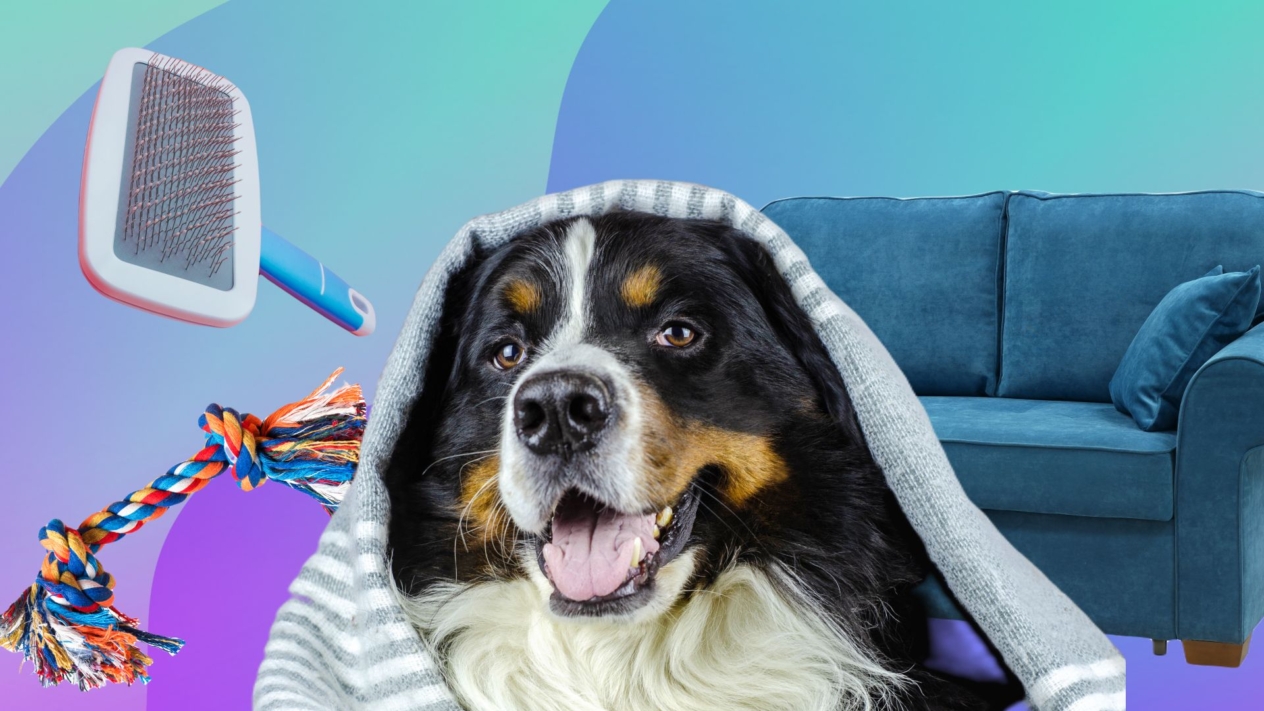
You should gradually train your pet to be independent.
Start by leaving your puppy alone for 5-10 minutes, then increase the time daily. This way, the dog will slowly get used to being alone. If you leave for an hour right away, your pet may feel abandoned and experience stress, making future separations just as difficult.
Avoid making a big farewell before leaving – this will only heighten anxiety and separation stress. A stressed dog may resort to destructive behavior. Instead, act naturally and calmly: put on your shoes and leave without much fuss. If you don’t emphasize your departure, your pet will accept being alone more easily and wait for your return peacefully.
Train basic commands such as “place”. Prepare a designated space for your dog, guide it there, and give the command in a calm, confident tone. Once your pet follows the command, praise and reward it with a treat. Repeat this command 10-15 times a day to reinforce learning.
Patience is key—train calmly and positively. Avoid yelling or forcing your dog to obey. With the right approach, your pet will memorize commands within days and even enjoy following them.
Preparing your home for the owner’s absence
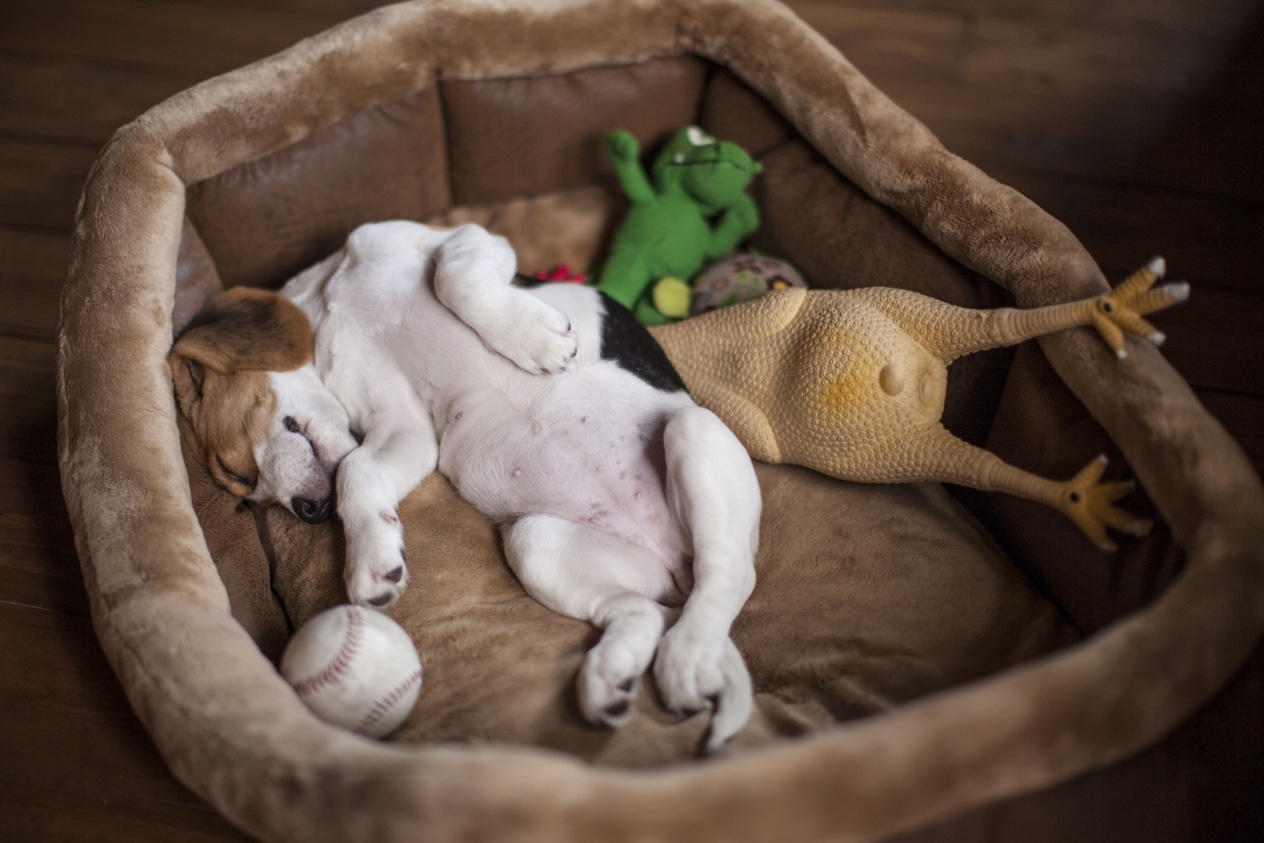
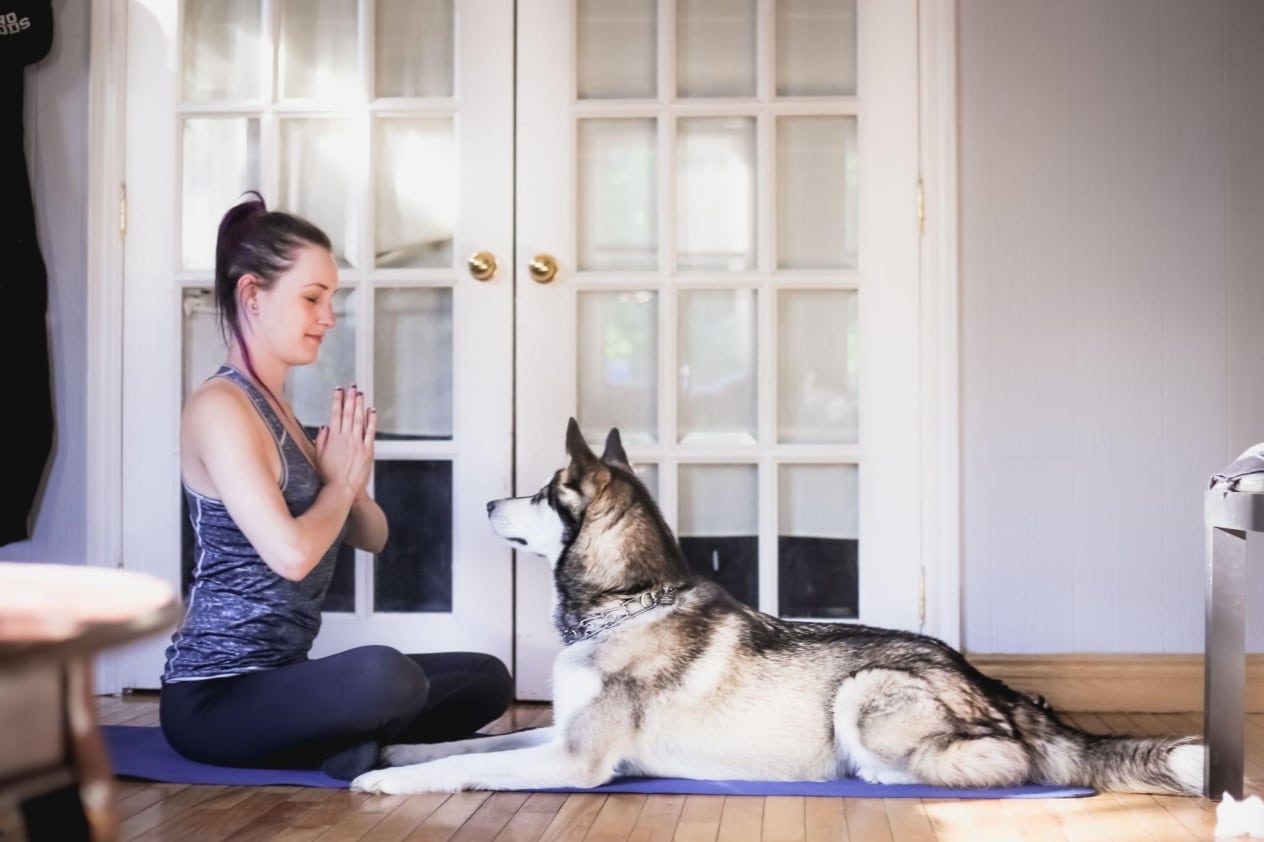
Before leaving home, it’s important to prepare the space so your dog doesn’t harm itself or damage your home.
Remove electrical cords, small objects, chemicals, and medications to prevent accidental ingestion. Restrict access to rooms containing valuable or hazardous items by closing doors or using pet gates.
Don’t leave food in an open space, as your dog may try to reach it by any means, leading to unwanted behavior or even health risks.
Providing your dog with essential resources

To make your pet feel safe in your absence, you need to create a comfortable environment.
Leave your dog with a few toys, a special chew bone, or a natural one. Keep in mind that not all bones are safe: hollow poultry bones can break into sharp fragments, which may injure the stomach or intestines. Safe options include raw beef or veal bones, as they are hard and beneficial for dental health.
Prepare a cozy resting area by placing a soft blanket or a dedicated dog bed. Ensure clean water is easily accessible, provide enough food, and leave some favorite treats.
Set up a toilet area, such as absorbent pads (great for puppies) or litter trays with special fillers.
Using Technology for Monitoring
If you worry about your pet and constantly wonder what they are doing while you’re away, consider installing a surveillance camera. This way, you’ll always have access to monitor and check on your dog.
A camera also enhances safety: if something happens to your pet, you can react quickly. Video surveillance allows you to assess how your dog feels when alone at home and adjust their behavior if they fail to follow rules while unattended.
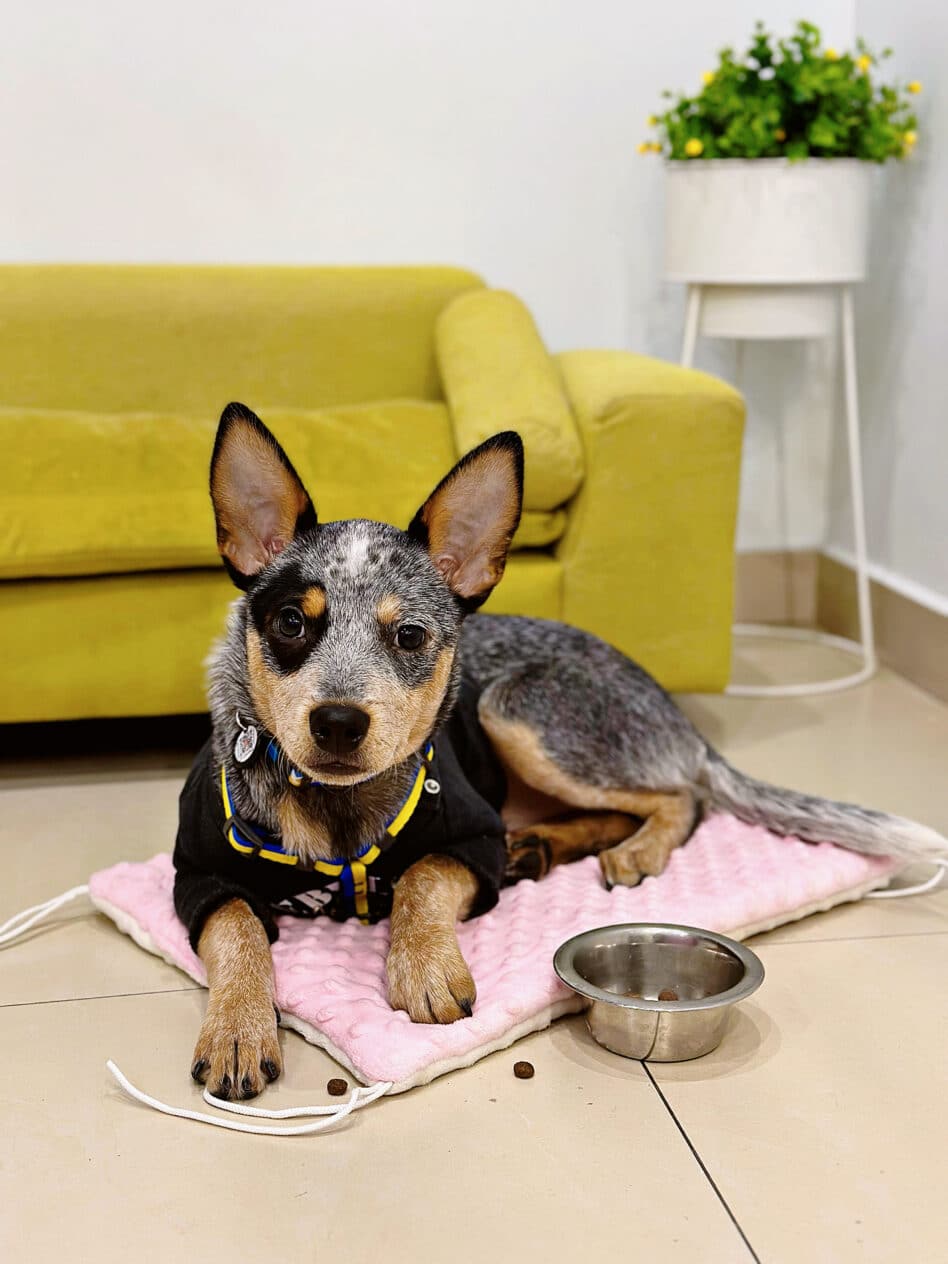
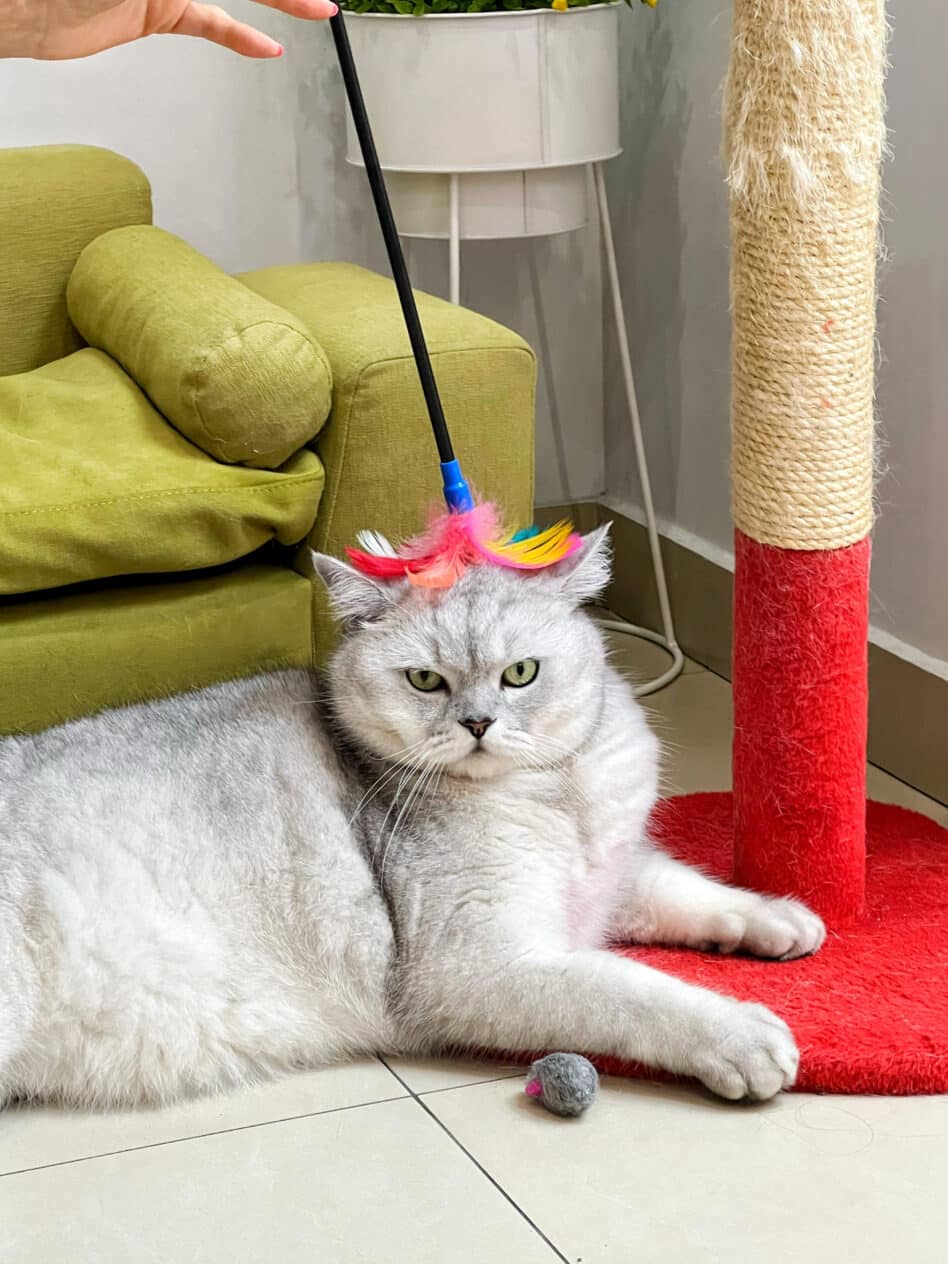
If your pet doesn’t like staying home alone, or you need to go on a business trip and can’t take your dog with you, a pet hotel is the best option.
One of the best pet hotels is located at V.O.G D.O.G SALON in Kryukivshchyna. Here, we take excellent care of every furry guest with love and attention.
With our hotel, you can rest assured that your Loyal Friend is in safe hands.

